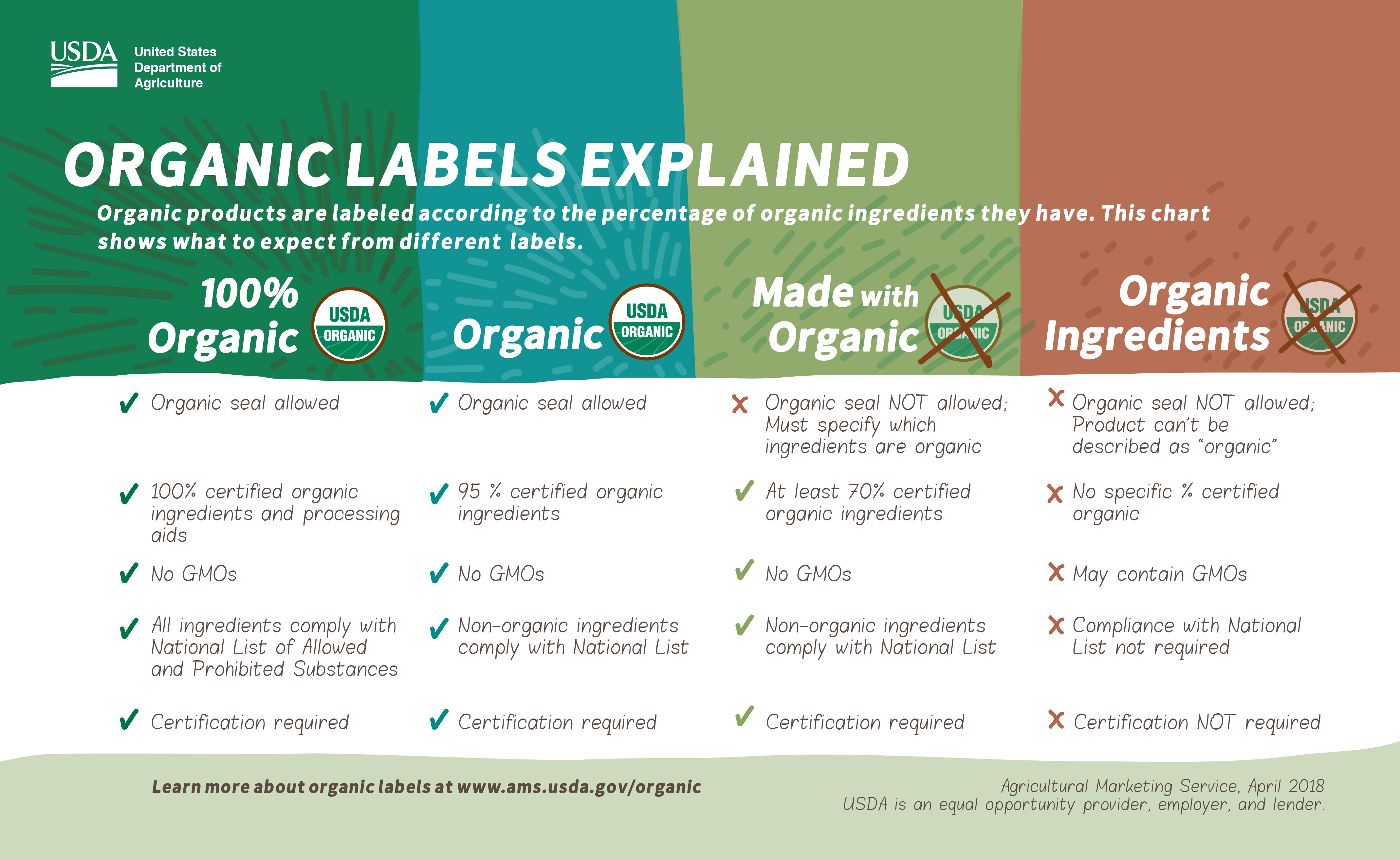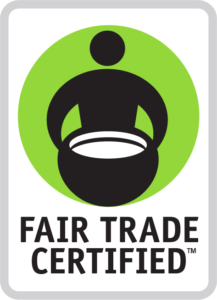Have you ever picked up a women’s health and wellness product and wondered what some of the labels and certifications mean? With the popularity of sustainable and ethically sourced products, it’s easier than ever to find products that align with your values.
At the same time, it’s also easier than ever for less scrupulous brands to simply claim their ingredients are ethically sourced when, in fact, they’re not. So, how can you tell whether a women’s health brand is truly walking the walk, or simply jumping on the “clean” and “ethical” bandwagon?
That’s where product certification comes in! These labels are crucial to making informed purchasing decisions. Here’s an explanation of some of the most common certifications.
Why Is It Important To Understand Labels and Certifications?
The health and wellness industry, particularly in women’s products, is experiencing a significant shift towards sustainability and increased transparency. As consumers demand more ethical and eco-conscious options, brands are responding with a wide range of products that fit consumer needs.
Understanding what each certification or label means not only helps you make more informed choices that align with your values, but also empowers you to support companies that are truly committed to improving the environment, society, and your health.
Some brands might use labeling as a marketing tactic to create a “clean” image without actually meeting the standards behind them. That’s why it’s important to be proactive, ask questions, and do your research.
With that out of the way, let’s jump in and look at some labels and certifications you might encounter when shopping for food and women’s health and wellness products!
Health and Wellness Certifications
USDA Organic
Let’s start with a big one that many readers may have come across already. Established by the U.S. Department of Agriculture, it’s one of the most recognized symbols in the natural product industry, signifying that the product you’re buying is organic. This means the products are produced with sustainable agriculture practices that promote recycling, conserve biodiversity, and minimize the use of synthetic materials such as pesticides.
There are strict regulations in terms of products that can use the USDA Organic seal. Offices across the U.S. are home to USDA NOP-authorized certifying agents who work with companies to ensure they’re following USDA organic regulations. Brands that use the logo without meeting the organic certification criteria risk getting fined thousands of dollars. This page has a list of seals that you can check out. Also, take a look at this handy infographic explaining what the differences are between terms like “100% organic,” “organic” and more.

Leaping Bunny
Looking for cruelty-free skincare, make-up, and household products? Check the packaging for a “leaping bunny” logo. Products with this certification means that it was never tested on animals at any stage of production. This certification isn’t just for the actual product itself but also extends to the company’s suppliers who must also adhere to strict no-animal-testing policies. With both the manufacturer and supplier side adhering to certification policies, the result is a final product that is 100% free from any animal testing.
This certification is applicable to companies in the U.S. and Canada. Companies that want to be Leaping Bunny certified must recommit to its standards on an annual basis and be open to potentially getting an independent audit. Companies must also set up a “Supplier Monitoring System” that complies with Leaping Bunny’s criteria.
What’s also important to note is that this certification aims to solve legislative loopholes (read about it on their site here), such as getting animal testing done in a foreign country.
Fair Trade USA™
A product that is Fair Trade Certified means that it’s been sourced under ethical trade practices where farmers and suppliers are paid a fair living wage. This certification is a globally recognized sustainable sourcing model, aiming to promote more transparent and resilient supply chains. Examples of products that can be Fair Trade Certified include coffee, consumer packaged goods, produce, and flowers.
There are a variety of Fair Trade standards depending on the industry, ranging from agriculture and fisheries to factory production and trade. To maintain certification, companies must comply with the Fair Trade Standard requirements each year, which is verified by passing an audit.
When shopping, here’s the Fair Trade Certified label to look out for:

COSMOS-standard
This international certification for cosmetics is guided by four principles:
- Products must be derived from organic agriculture that respects biodiversity
- Products must use natural resources responsibly and respect the environment
- Products must be cleanly processed and manufactured in a way that respects human and environmental health
- Products must integrate the concept of green chemistry, as outlined by the Environmental Protection Agency
COSMOS offers several different labels. The use of the COSMOS ORGANIC label is for products that meet the organization’s required percentages of organic ingredients. COSMOS NATURAL is for products that comply with the COSMOS-standard but do not meet the required minimum organic percentages. Certifications for ingredients include COSMOS CERTIFIED for raw materials with organic content and COSMOS APPROVED for raw materials without organic content.
To apply for certification, companies must work with one of the authorized Certification Bodies.
CosmEthically ACTIVE
This certification is centered around the idea of promoting “products that not only make promises, but can actually keep them.” It’s the first certification that evaluates a cosmetic product’s list of ingredients, including where a particular ingredient is sourced from, the concentration of active ingredients and the science behind them, and dermal compatibility. What makes this certification different is the intense focus on its scientific assessment.
The organization believes that to combat potentially false marketing claims about the effectiveness of cosmetic products, its certification allows consumers to quickly and easily spot products that do have evidence-based concentrations of active ingredients.
Good Face Project
These days, it’s common for many of us to look more closely at the packaging to see what sort of ingredients are going into the food we’re buying and eating. The same can be said about beauty products. The Good Face Project aims to support brands and retailers in creating compliant, safe, and effective products. The organization leverages an in-house resource that they call the “world’s largest centralized International Nomenclature Cosmetic Ingredient (INCI) database.”
Using both this database, data science, and artificial intelligence, the team at the Good Face Project can analyze over 175,000 ingredients and tag them for safety and efficacy.
Marketing Certified Health and Wellness Products
Effectively marketing certified health and wellness products requires a strategic approach that highlights the product’s unique certifications and builds trust with the audience. Here are some quick tips on how to market certified health and wellness products:
- Leverage digital marketing channels: Establishing an engaging social media presence, having an updated website with a solid search engine optimization (SEO) strategy, and leaning into search engine marketing (SEM) are all ways to connect with consumers online.
- Create educational content: Develop articles, videos, social media posts, and infographics that inform consumers about the product. This helps position healthcare brands as a trusted authority in their space.
For consumers, navigating the world of clean, sustainable, and ethical health and wellness products can be overwhelming, but with the right knowledge, they can make confident and informed decisions. As healthcare marketing professionals, we play a significant role in helping healthcare brands reach their audiences.
We believe being transparent and sharing educational resources not only builds bridges with potential consumers and maintains loyalty with the existing audience, but is an essential part of marketing women’s health products.
Interested in learning more? Click the button below to read select case studies and learn how we help health brands make an impact.


